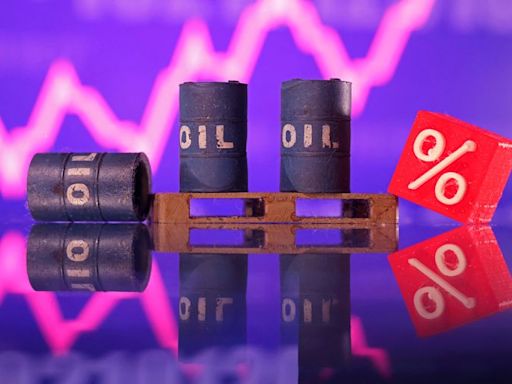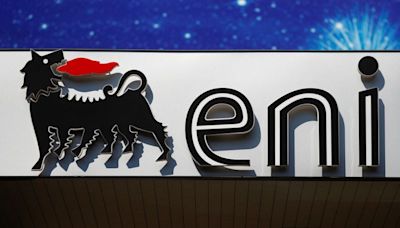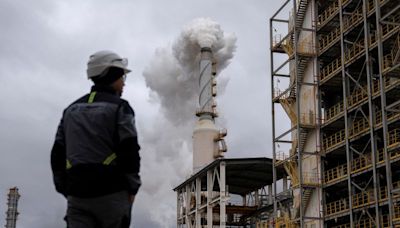Search results
Libya, [d] officially the State of Libya, [e] is a country in the Maghreb region of North Africa. It borders the Mediterranean Sea to the north, Egypt to the east, Sudan to the southeast, Chad to the south, Niger to the southwest, Algeria to the west, and Tunisia to the northwest, as well as maritime borders with Greece, Italy and ...
- Overview
- Land
- Relief
- Drainage
- Soils
Libya, country located in North Africa. Most of the country lies in the Sahara desert, and much of its population is concentrated along the coast and its immediate hinterland, where Tripoli (Ṭarābulus), the de facto capital, and Benghazi (Banghāzī), another major city, are located.
Libya comprises three historical regions—Tripolitania in the northwest, Cyrenaica in the east, and Fezzan in the southwest. The Ottoman authorities recognized them as separate provinces. Under Italian rule, they were unified to form a single colony, which gave way to independent Libya. For much of Libya’s early history, both Tripolitania and Cyrenaica were more closely linked with neighbouring territories than with one other.
Libya is bounded by the Mediterranean Sea on the north, Egypt on the east, Sudan on the southeast, Niger and Chad on the south, and Tunisia and Algeria on the west.
Britannica Quiz
Libya is underlain by basement rocks of Precambrian age (from about 4 billion to 540 million years ago) mantled with marine and wind-borne deposits. The major physical features are the Nafūsah Plateau and the Al-Jifārah (Gefara) Plain in the northwest, the Akhḍar Mountains (“Green Mountains”) in the northeast, and the Saharan plateau, which occupies much of the rest of the country.
The Al-Jifārah Plain covers about 10,000 square miles (26,000 square km) of Libya’s northwestern corner. It rises from sea level to about 1,000 feet (300 metres) at the foothills of the Nafūsah Plateau. Composed of sand dunes, salt marshes, and steppe, the plain is home to most of Libya’s population and to its largest city, Tripoli. The Nafūsah Plateau is a limestone massif that stretches for about 212 miles (340 km) from Al-Khums on the coast to the Tunisian border at Nālūt. West of Tarhūnah it rises steeply from the Al-Jifārah Plain, reaching elevations between 1,500 and 3,200 feet (450 and 975 metres).
Exclusive academic rate for students! Save 67% on Britannica Premium.
Learn More
In northeastern Libya, the Akhḍar Mountains stretch along the coast between Al-Marj and Derna. These limestone mountains rise steeply from the coast to about 2,000 feet (600 metres) and then stretch about 20 miles (30 km) inland, reaching nearly 3,000 feet (900 metres) at their highest points.
The Saharan plateau makes up about nine-tenths of Libya. About half of the plateau is sand desert, making it truly a sea of sand. Al-Harūj al-Aswad is a hilly basaltic plateau in central Libya. Covered with angular stone fragments and boulders, it rises to about 2,600 feet (800 metres) and is crowned by volcanic peaks. Al-Ḥamrāʾ Plateau lies south of the Nafūsah Plateau. It harbours bare rock outcroppings that rise to 2,700 feet (820 metres). In the Fezzan region in the southwest, a series of long depressions and basins contain wadis (dry riverbeds) and oasis settlements. Mobile sand dunes that reach heights of 300 feet (90 metres) are found in the Fezzan’s Marzūq desert and in the eastern Libyan Desert, which extends into Egypt. The country’s highest elevations are Bīkkū Bīttī peak (Picco Bette), which rises to 7,436 feet (2,267 metres) on the Libya-Chad border, and Mount Al-ʿUwaynāt, with an elevation of 6,345 feet (1,934 metres) on the Libya-Sudan-Egypt border.
There are no permanent rivers in Libya. The numerous wadis that drain the uplands are filled by flash floods during the rains but then quickly dry up or are reduced to a trickle. The largest wadi systems are the Wadi Zamzam and Wadi Bayy al-Kabīr, both of which empty into the sea on the western coast of the Gulf of Sidra. Other large wadis drain th...
The gray-brown soils of the Al-Jifārah Plain and the Nafūsah Plateau in the west are fertile, although over-irrigation has led to increased soil salination. In the east the soils of the Barce plain—which stretches between the Akhḍar Mountains and the sea—are light and fertile. Rich alluvial soils are found in the coastal deltas and valleys of large...
The Libyan crisis[1][2] is the current humanitarian crisis [3][4] and political-military instability [5] occurring in Libya, beginning with the Arab Spring protests of 2011, which led to two civil wars, foreign military intervention, and the ousting and death of Muammar Gaddafi. The first civil war 's aftermath and proliferation of ...
Jul 26, 2024 · Libyans arrested in South African 'military camp' to be deported. The prosecutors say they have insufficient evidence to charge the men and they will be sent back home. World. 28 Jul 2024.
Sep 12, 2023 · Rescue teams in Libya are struggling to retrieve the bodies of victims that have been swept out to sea in tsunami-like flood waters. At least 2,300 have been killed, according to the ambulance ...






